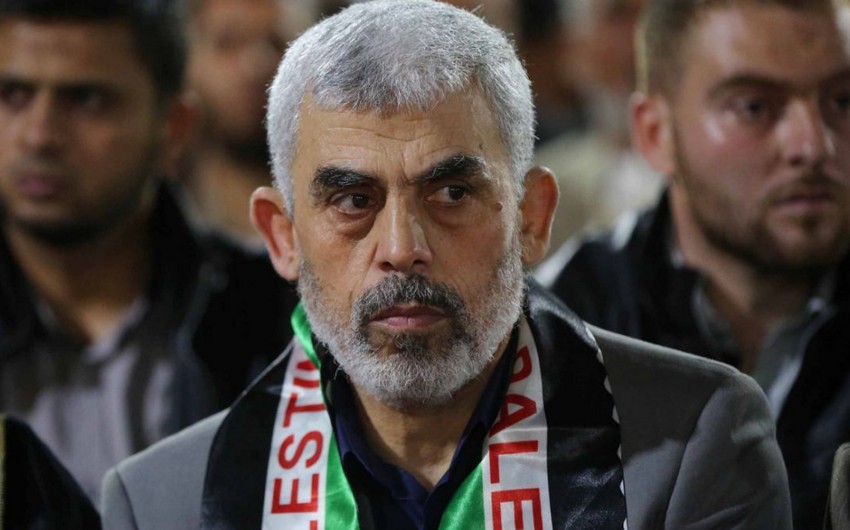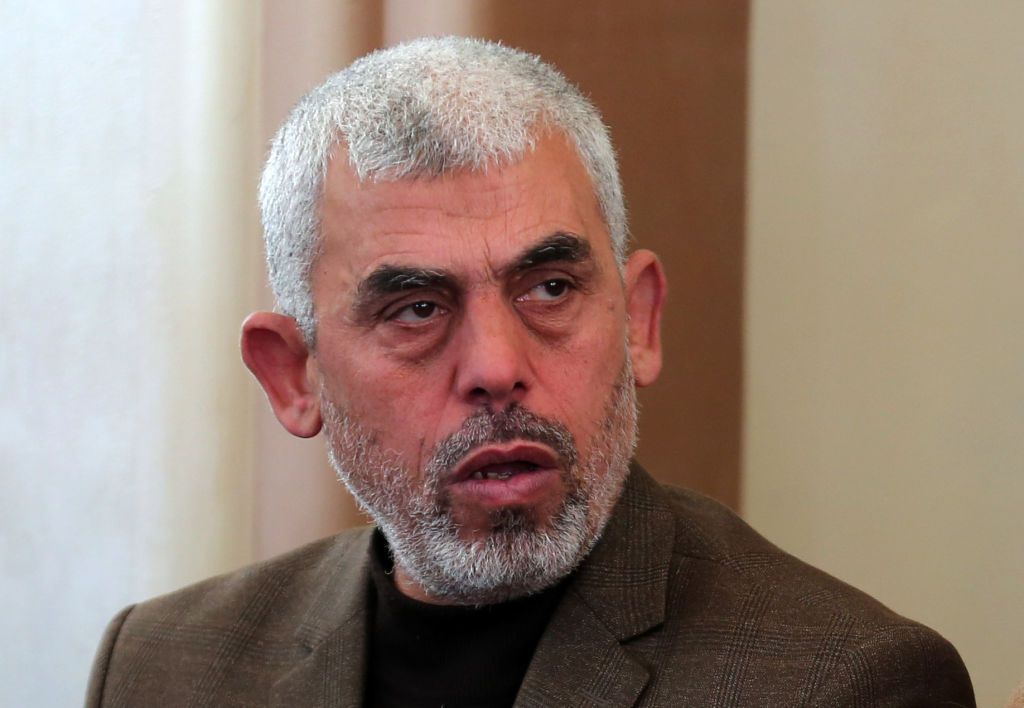Historical Context and Evolution of Hamas

Hamas, a Palestinian Islamic resistance movement, has played a pivotal role in the Israeli-Palestinian conflict since its inception. Its history is intricately intertwined with the broader context of the conflict, marked by periods of violence and negotiations, and evolving strategies and objectives.
Origins and Founding Principles
Hamas emerged in the 1980s as a response to the Israeli occupation of the West Bank and Gaza Strip. It was founded by Sheikh Ahmed Yassin, a prominent Islamic scholar, and other Palestinian leaders. The movement’s founding principles were deeply rooted in Islamic ideology, advocating for the establishment of an Islamic state in all of historic Palestine, including territories currently under Israeli control.
Hamas’s initial objectives included:
- Resistance against Israeli occupation through armed struggle.
- Establishment of an Islamic state in Palestine, based on Islamic law (Sharia).
- Liberation of Palestinian refugees and their right to return to their homes.
Relationship with Israel, Israel hamas leader
The relationship between Hamas and Israel has been characterized by a long history of conflict and hostility. From its inception, Hamas has been designated as a terrorist organization by Israel and the United States. The two entities have engaged in numerous armed confrontations, including the First Intifada (1987-1993), the Second Intifada (2000-2005), and several subsequent conflicts.
Key events in the historical relationship between Hamas and Israel include:
- 1987: The First Intifada, a Palestinian uprising against Israeli occupation, provided fertile ground for Hamas’s growth and influence.
- 1993: The Oslo Accords, aimed at achieving a peaceful resolution to the conflict, were rejected by Hamas, which viewed them as a betrayal of Palestinian rights.
- 2006: Hamas won the Palestinian legislative elections, marking a significant shift in the political landscape of the Palestinian territories.
- 2007: Hamas seized control of the Gaza Strip, leading to a de facto division between the West Bank and Gaza.
Evolution of Hamas’s Strategies
Over time, Hamas has adapted its strategies in response to changing circumstances and external pressures. While its core principles have remained largely consistent, its political and military approaches have undergone notable transformations.
Political Strategies
Initially, Hamas focused primarily on armed resistance and rejected any political negotiations with Israel. However, after its electoral victory in 2006, the movement began to engage in more diplomatic efforts, seeking international recognition and engaging in dialogue with other Palestinian factions.
Military Strategies
Hamas’s military strategy has evolved from primarily relying on small-scale attacks and suicide bombings to a more sophisticated approach that incorporates the use of rockets and tunnels. This shift has been driven by advancements in military technology and the need to deter Israeli military incursions.
Current Issues and Challenges: Israel Hamas Leader

The Gaza Strip faces a complex and multifaceted reality, characterized by a fragile security situation, political deadlock, and ongoing humanitarian concerns. Hamas, as the de facto governing authority, plays a central role in this context, navigating intricate relationships with Israel, other Palestinian factions, and the international community.
The Political and Security Situation in Gaza
The political and security situation in the Gaza Strip is marked by a persistent state of tension and conflict. Hamas, since its takeover in 2007, has maintained a tight grip on the territory, enforcing its own political and social order. This has led to a protracted conflict with Israel, characterized by periodic rounds of violence and military incursions. The relationship between Hamas and Israel is deeply adversarial, with both sides holding deeply entrenched views and competing narratives.
- The blockade imposed by Israel on Gaza has severely restricted the movement of goods and people, impacting the territory’s economy and humanitarian situation. This has also hampered efforts to rebuild infrastructure damaged during past conflicts.
- Hamas’s relationship with other Palestinian factions, particularly Fatah, remains strained. While there have been attempts at reconciliation, deep political divisions and historical grievances have prevented a lasting unity.
- The security situation in Gaza is further complicated by the presence of various armed groups, including those affiliated with Hamas, Islamic Jihad, and other factions. This has created a complex power dynamic within the territory.
International Community’s Response to Hamas
The international community’s response to Hamas has been multifaceted, ranging from sanctions to diplomacy and humanitarian aid.
- Several countries, including the United States and the European Union, have designated Hamas as a terrorist organization, imposing sanctions and restrictions on its activities. These sanctions have significantly impacted Hamas’s financial resources and ability to operate internationally.
- Diplomatic efforts to engage Hamas have been limited, with many countries reluctant to recognize the group as a legitimate political entity. However, there have been instances of dialogue, particularly on humanitarian issues, with some countries, such as Qatar and Egypt, playing a mediating role.
- Humanitarian aid has been a crucial lifeline for the Gaza Strip, with international organizations providing essential services and support. However, access to aid has often been hampered by political tensions and the blockade.
Perspectives on the Future of Hamas
The future of Hamas remains uncertain, shaped by a complex interplay of internal challenges, regional dynamics, and potential for change.
- Internal divisions within Hamas have emerged, with differing views on the group’s strategy and future direction. Some factions advocate for a more pragmatic approach, seeking to engage with Israel and international actors, while others remain committed to armed struggle.
- Regional dynamics, including the changing power balance in the Middle East and the rise of new actors, will also influence Hamas’s trajectory. The group’s relationship with Iran and other regional powers will play a significant role in shaping its future actions.
- The potential for change within Hamas is a subject of ongoing debate. Some argue that the group may eventually moderate its positions and embrace a more peaceful approach, while others believe that its core ideology and commitment to armed struggle will remain entrenched.
Israel hamas leader – The conflict between Israel and Hamas leaders has been a long and complex one, with both sides having their own perspectives and narratives. Amidst the tensions and political maneuvering, it’s easy to forget that there are everyday things that connect us all, like the nostalgic appeal of McDonald’s collector’s meals.
While these meals evoke a sense of shared cultural memory, they serve as a reminder that even in the midst of conflict, there are common threads that bind us together. Hopefully, the leaders of Israel and Hamas can find a way to bridge the gap and work towards a peaceful resolution.
The complex relationship between Israel and Hamas is often characterized by conflict and a long history of negotiation attempts. Understanding the leadership dynamics within Hamas is crucial to navigating this complex relationship, and it’s important to consider the various individuals who have shaped the organization’s trajectory.
To gain further insight into the leadership within Hamas, you can explore a detailed analysis of their history and impact in this article: israel hamas leader. Understanding the leaders within Hamas is essential for understanding the current state of the Israeli-Palestinian conflict and any potential future negotiations.
